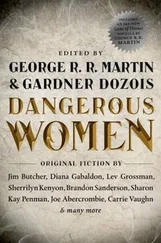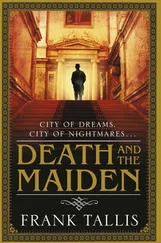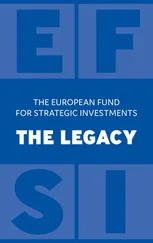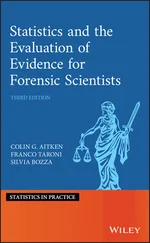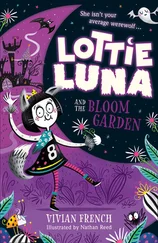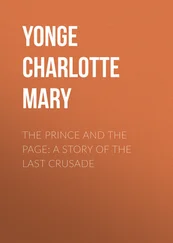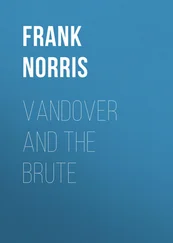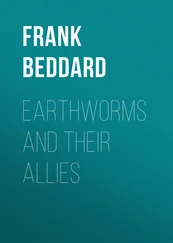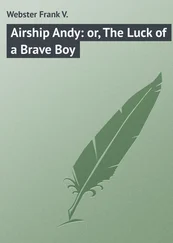the archival material on the EFF is still relatively scarce. Hopefully,
one day the activities of the Fund will be become clearer and its members deserve to be better known. [...] The more we know about the EFF, the better we will be able to understand the exile community, in which the EFF played a crucial role (Bond Johnson in Spalek & Strelka 1976: 144).
The fact that Bond Johnson himself pointed to the complexity and limitations of writing about a topic on which no reliable secondary sources exist, let alone archival material, represented a challenge for my own examination. Mindful of the blurry picture that has prevailed heretofore of the EFF, I was determined to use the archival material that has since become available to unravel the story of the organisation without losing sight of its inadequacies.
Autobiographies and Biographies
The publication of these early books and studies on exile was paralleled by a number of biographies and autobiographies of former émigrés that first began to appear over the course of the 1950s. They may have drawn attention to ‘the ca. 1, 500 film professionals to leave Germany after 1933 and Austria after 1938’(Horak 1986: 241) at a time when exile scholars were still largely preoccupied with the literary emigration. Most noteworthy are Leonhard Frank’s Links wo das Herz ist (Munich: Nymphenburger Verlagshandlung, 1952), Fritz Kortner’s Aller Tage Abend (Munich: Kindler, 1959), Friedrich Hollander’s Von Kopf bis Fuss (Munich: Kindler, 1959), Salka Viertel’s The Kindness of Strangers (New York/ NY: Holt, Rinehart & Winston, 1969), Lilli Palmer’s Dicke Lilli - gutes Kind (Zurich: Dromer Knaur Verlag, Scholler & Co., 1974), and Frederick Kohner’s The Magician of Sunset Boulevard - The Improbable Life of Paul Kohner, Hollywood Agent (Palos Verdes/ CA: Morgan Press, 1977). These (auto)biographies came at a time when the topic of exile was not widely discussed in the public domain. Hence, besides serving as a source for exile researchers to glean necessary information on émigrés and the Hollywood émigré community, these books raised awareness among the general public concerning the issue of exile. After all, prior to Lilli Palmer’s publication of her autobiography, who in Germany knew that she was forced to leave the country of her birth because she was Jewish?
In terms of its relevance for researchers, Viertel’s book was probably the most influential.
As one of the premier hostesses of Hollywood’s émigré community, this MGM screenwriter, Garbo confidante, and wife of director Berthold Viertel, had formidable access to various overlapping émigré circles. An actress turned screenwriter by profession, Viertel was politically left wing and an active member of the Hollywood Anti-Nazi League. Regular guests at her gatherings consisted of a motley mix of intellectuals, writers, directors and actors. Bertolt Brecht, Aldous Huxley, Christopher Isherwood, Garbo, Gottfried Reinhardt were all regular attendees (see: Isherwood 1997: 49, 62, 92). Her memoirs, which focus on the years between 1933 - 45, are candid and peppered with anecdotes and personal observations which made them a treasure trove for exile researchers at a time when primary and secondary sources, particularly those on film artists, were still relatively scarce. This is evidenced, for instance, in the publications of film critic John Russell Taylor (Strangers in Paradise, New York/ NY: Holt, Rinehart & Winston, 1983), or Anthony Heilbut, himself the son of German-Jewish refugees (Exiled in Paradise, New York/ NY: Viking Press, 1983), both of whom draw on The Kindness of Strangers. Of these however, Heilbut, Taylor, Viertel, and Kohner, make only more or less cursory mention of the EFF, conveying an inaccurate picture of the organisation which, if anything, contributed to promulgating the legend that surrounds it. However, even now, thirty years after its publication, Viertel’s book is often referred to, for instance, by Carola Stern in her biography of Liesl Frank’s mother, Fritzi Massary (Die Sache die man Liebe nennt, Berlin: Rowolth, 1998) and Diana McLellan in her examination of ‘Sapphic Hollywood’ (The Girls - Sappho Goes to Hollywood, New York/ NY: LA Weekly Books, 2000). As Viertel is central to McLellan’s book, McLellan relies heavily on The Kindness of Strangers, though she reveals details about Viertel’s life that Viertel herself either glossed over or chose to omit altogether, such as, for instance, her amorous relationship with Gottfried Reinhardt or her acquaintance with both Mercedes de Acosta and Marlene Dietrich. This underscores the limitations of autobiographical sources as they are often self-serving. Their point of view is wholly subjective and they are based on the author’s memory which, by nature, is unreliable. Thus, if autobiographies are used at all, they must ideally be backed up by empirical sources.
It was also in the mid-1970s that Jan-Christopher Horak, having received a grant from the American Film Institute in 1975, embarked on a series of oral histories, interviewing some formerly exiled film artists such as Douglas Sirk, Paul Andor, Johanna Kortner and Carl Esmond. 7Horak’s oral histories were subsequently published in an article, ‘The Palm Trees Were Gently Swaying’ (In: Image 23.1., 1980), which ‘can be regarded as the first written (academic) publication on film emigration’ (Horak in Horak XiX: 1984). Thus, Horak can be credited with launching the scholarly examination of German-Jewish film artists, and in time, he would emerge as the leading figure in the field of exile research. Horak’s article, starting with a quote by Max Reinhardt in which he refers to the ‘wandering Jew’ and the age-old persecution of the Jews, sets out to establish the basic parameters for the scholarly study of film exile by providing an introductory overview of issues relevant to film emigration, including cultural differences (language problems, the difficulties of adapting to a new country, etc.); the travails of the journey into exile, which in most cases did not lead directly to Hollywood but usually either via Vienna or Paris; the problems faced by such below-the-line personnel as the cinematographers Eugen Schüfftan, Curt Courant, etc. Horak’s article not only touches on a number of topics which, at the time, had barely been commented on (e.g. visa regulations, or the relative ease with which musicians established themselves in Hollywood), he also deserves credit for mentioning émigré actresses such as Gisela Werbezirk and Mady Christians, people who, even today, are rarely mentioned in exile studies, reflecting the absence of women from exile research in general. Since exile research was still in its infancy and Horak having had limited archival material and reliable secondary sources to draw on, ‘The Palm Trees ...’ constitutes a grass-roots effort. However, the limited availability of empirical data and trustworthy secondary sources almost inevitably caused ‘The Palm Trees ...’ to have its inadequacies, including factual errors. 8Also, ‘The Palm Trees .’ does not yet have the clear focus of inquiry that Horak would bring to his subsequent examinations of film exile. But, as he himself elucidates, “To measure the influence of the Middle European émigrés on Hollywood in the 1930s and 1940s would be a much larger task than the one set forth here” (Horak 1980: 32). In that respect ‘The Palm Trees.’ is revealing, inasmuch as it already hints at what would become Horak’s subsequent preoccupation - the émigrés’ involvement in Hollywood anti-Nazi films - to which he already dedicates several paragraphs in this, his pioneering attempt at an overview of film exile. With this article Horak laid the foundation for the scholarly examination of film exile and, more importantly, provided a stimulus for fellow scholars to follow up on his findings.
Читать дальше

